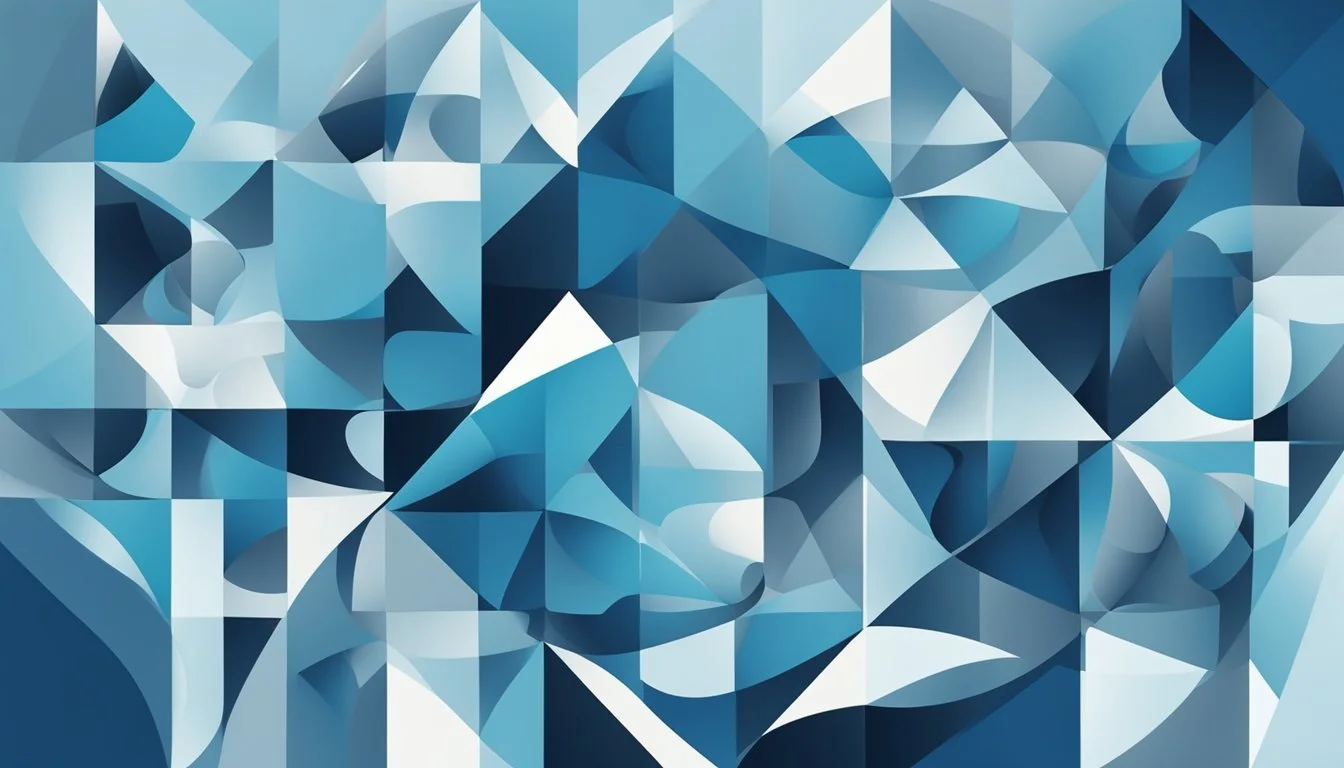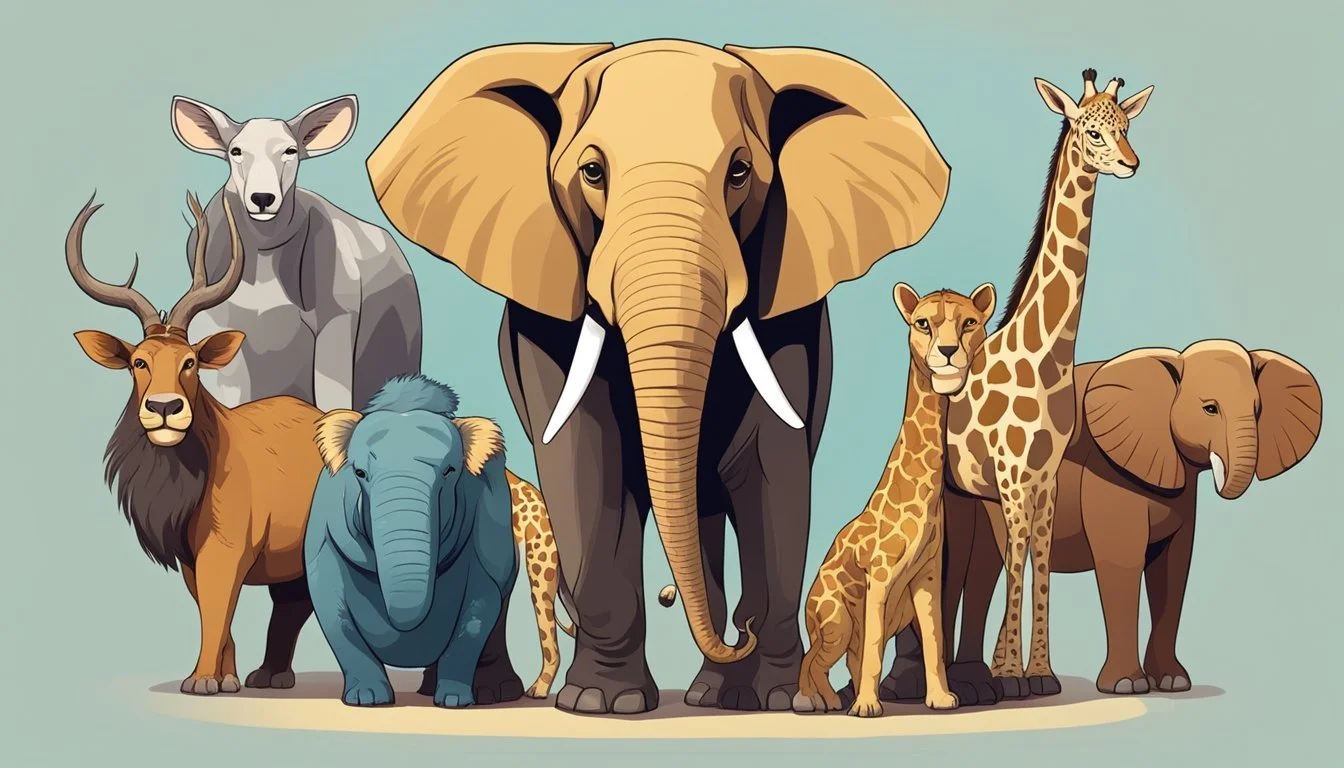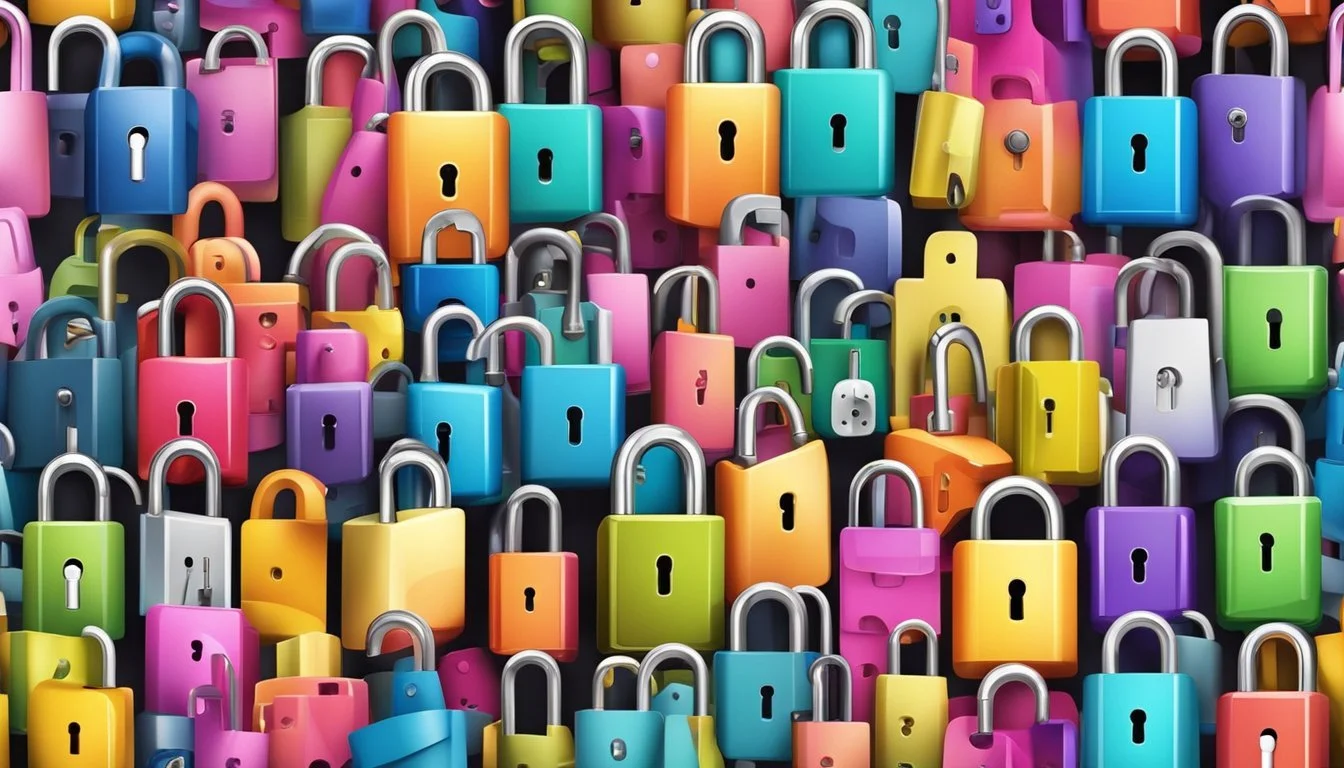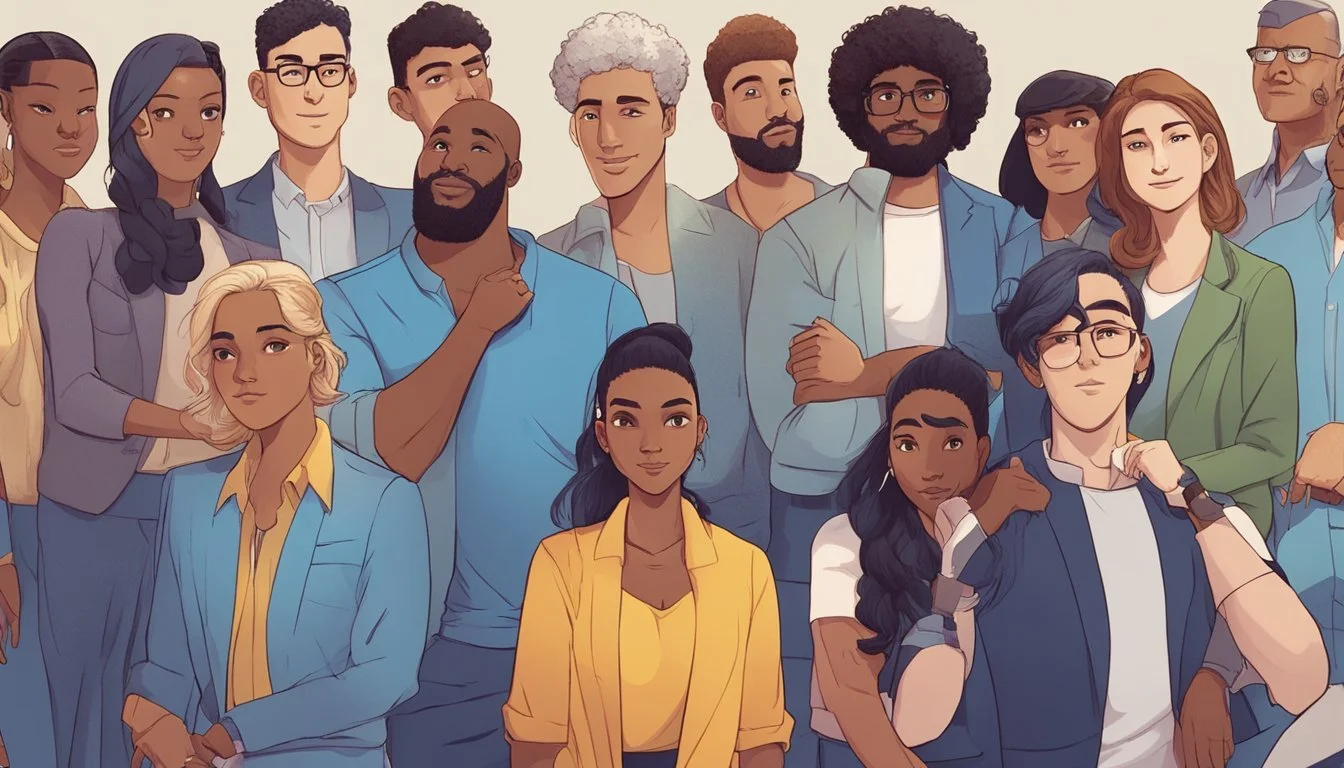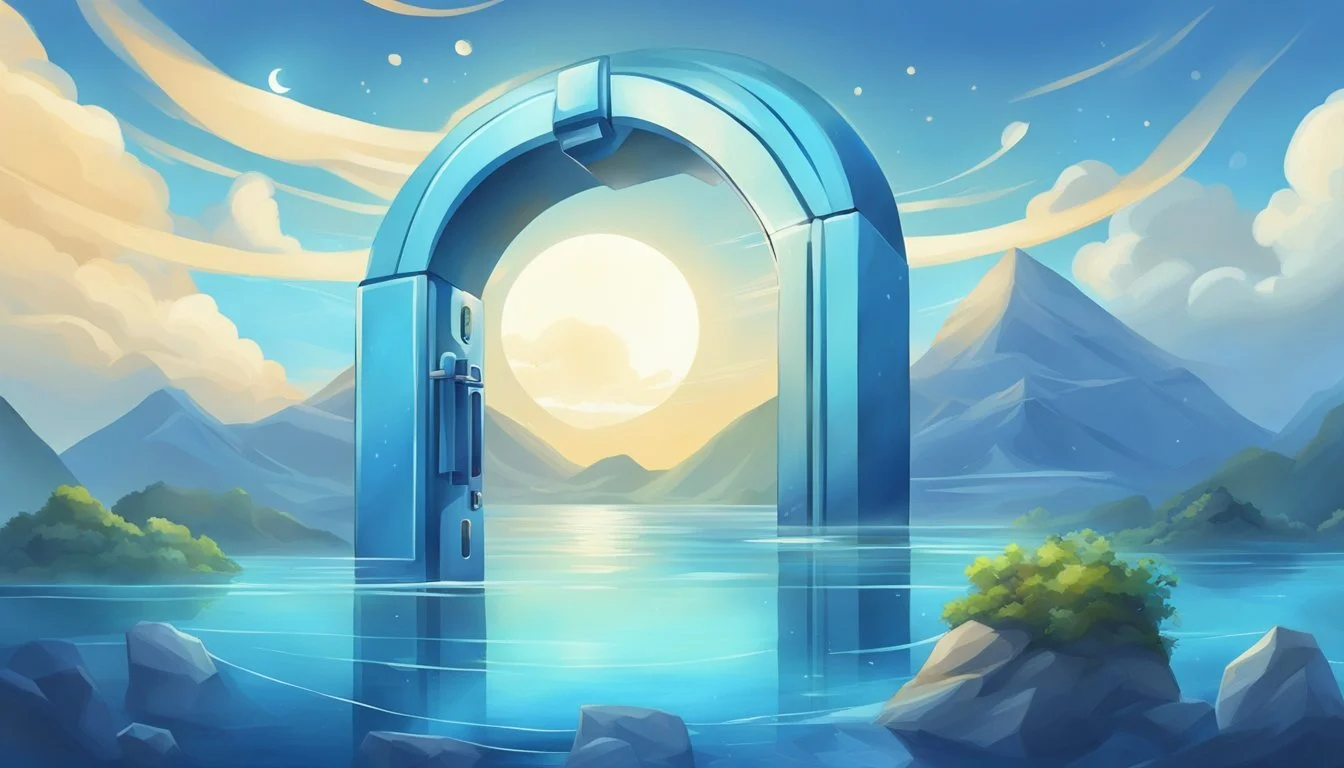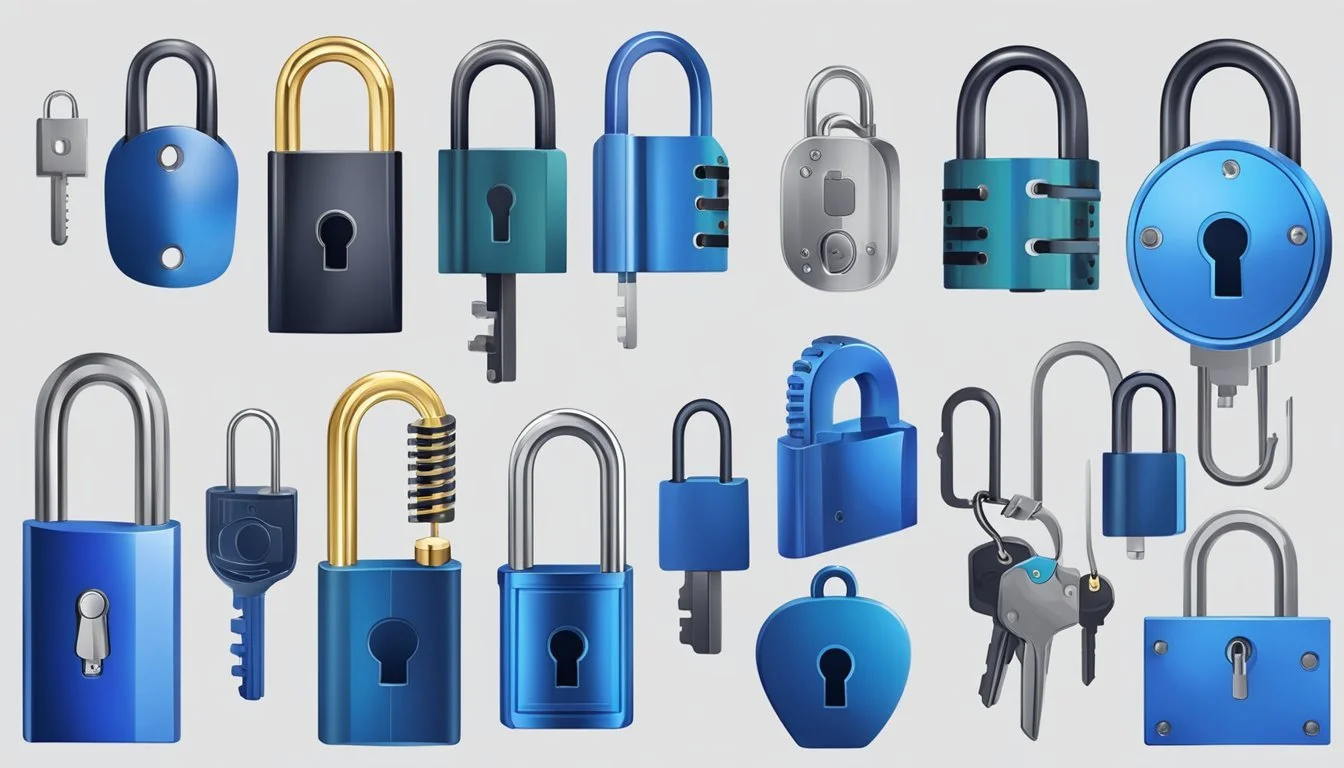Unlock the Secrets of Blue Lock Personality Types: Which Character Are You?
Blue Lock, the popular manga and anime series, features a diverse cast of characters with distinct personalities. These characters' traits can be analyzed using the Myers-Briggs Type Indicator (MBTI), a widely recognized personality assessment tool. Understanding the MBTI types of Blue Lock characters provides insights into their motivations, strengths, and potential areas for growth.
The series' protagonist, Yoichi Isagi, along with other key players like Meguru Bachira and Seishiro Nagi, each embody unique personality types. These types influence their playing styles, decision-making processes, and interactions with teammates. Fans of the series can explore how these personality traits contribute to the characters' development and impact the overall storyline.
Examining the MBTI types of Blue Lock characters offers an engaging way for viewers to connect with their favorite players on a deeper level. It also allows fans to draw parallels between the characters' personalities and their own, potentially gaining new perspectives on personal growth and teamwork.
Overview of Blue Lock
Blue Lock is an innovative soccer training program aimed at revolutionizing Japan's approach to developing world-class strikers. The project focuses on intense competition and psychological training to cultivate elite goal-scoring talent.
Concept and Creation
Blue Lock emerged from Japan's desire to win the World Cup. The program isolates 300 talented young strikers in a state-of-the-art facility. Participants undergo rigorous physical and mental training designed to forge the ultimate goal-scoring mindset. The harsh elimination system weeds out all but the most ruthless and skilled players.
Players face challenging matches and exercises that test their abilities under extreme pressure. Blue Lock's unorthodox methods emphasize individualism and a "hunger" to score over traditional team-oriented approaches. The facility uses advanced technology to analyze player performance and psychological states.
Blue Lock and Its Significance in Soccer
Blue Lock represents a radical shift in soccer development philosophy. It challenges conventional wisdom about teamwork and cooperation in the sport. The program's focus on creating a single, exceptional striker contrasts sharply with typical national team strategies.
Blue Lock's impact extends beyond Japan, sparking global debate about talent cultivation in soccer. Critics argue it neglects crucial aspects of the game, while supporters praise its innovative approach to addressing Japan's historical weakness in producing world-class forwards.
The project's success or failure could influence future training methods for national teams worldwide. Blue Lock's emphasis on mental toughness and individualism may reshape how countries approach player development for major tournaments like the World Cup.
Exploring Personality Types
Personality typing systems provide insights into individual traits and behaviors. They offer frameworks for understanding ourselves and others, with applications in personal growth, relationships, and professional settings.
Understanding MBTI
The Myers-Briggs Type Indicator (MBTI) categorizes personalities into 16 types based on four dichotomies: Extraversion/Introversion, Sensing/Intuition, Thinking/Feeling, and Judging/Perceiving. Each type is represented by a four-letter code, such as INFJ or INTJ.
MBTI types describe preferences in how people perceive the world and make decisions. For example, INFJs are often seen as insightful and idealistic, while INTJs tend to be strategic and independent thinkers.
The system helps individuals recognize their strengths and potential areas for growth. It's widely used in career counseling and team-building exercises.
Enneagram of Personality
The Enneagram system identifies nine distinct personality types, each driven by core motivations and fears. Types are numbered 1 through 9, with wings and subtypes adding further nuance.
For instance, Type 3 focuses on achievement and image, while Type 4 emphasizes individuality and emotional depth. Some types have wings, like 3w4, indicating a blend of characteristics from adjacent types.
The Enneagram offers insights into personal growth paths and potential pitfalls for each type. It's used in therapy, coaching, and self-development practices.
Personality Types in Sports
In sports, understanding personality types can enhance team dynamics and individual performance. Athletes and coaches use personality assessments to improve communication and tailor training approaches.
For example, extroverted athletes might thrive in team-oriented environments, while introverted players may excel in individual sports or positions requiring focus and strategy.
Coaches can adapt their leadership styles based on players' personality types. A sensing type might prefer concrete instructions, while an intuitive type may respond better to conceptual explanations.
Personality typing in sports aids in team composition, role assignment, and conflict resolution. It helps create balanced teams and optimize each player's strengths.
Characters of Blue Lock
Blue Lock features a diverse cast of ambitious young strikers competing to become Japan's ultimate forward. Each character possesses unique traits and abilities that shape their playing styles and interactions.
Yoichi Isagi's Profile
Yoichi Isagi is the protagonist of Blue Lock. An INFJ personality type, he displays strong introspective tendencies and strategic thinking. Isagi's greatest strength lies in his spatial awareness and ability to visualize the entire field.
His "direct shot" technique allows him to score from unlikely angles. As the series progresses, Isagi develops his "Spatial Awareness" ability, enabling him to predict and manipulate player movements.
Isagi's journey focuses on discovering his "weapon" as a striker and overcoming self-doubt. His growth mindset and adaptability make him a central figure in Blue Lock's intense training program.
Key Players and Their Personalities
Meguru Bachira, an ESTP, stands out for his unpredictable play style and "monster" inside him. His agility and creativity on the field make him a formidable opponent.
Seishiro Nagi, an ISTP, possesses natural talent and adaptability. Despite being new to soccer, his innate skills quickly make him a top contender.
Rensuke Kunigami, driven by a strong sense of justice, embodies determination and hard work. His powerful shots and physical prowess make him a key player.
Hyoma Chigiri's speed sets him apart. His ISFP personality reflects in his graceful movements and artistic approach to soccer.
Supporting Characters and Development
Jinpachi Ego, the mastermind behind Blue Lock, pushes players to their limits. His harsh methods and focus on egoism shape the program's philosophy.
Sae Itoshi, Rin's brother, serves as a benchmark for excellence. His presence motivates many players to improve their skills.
Niko Ikki's tactical mind and leadership qualities make him a valuable team player. His strategic insights often complement Isagi's intuitive play.
Shoei Barou's overwhelming confidence and skill create both allies and rivals within Blue Lock. His development challenges other players to elevate their game.
These characters' interactions and growth throughout the series drive the plot and showcase the complex dynamics within Blue Lock's competitive environment.
Physical and Psychological Traits
Blue Lock athletes excel through a combination of physical prowess and mental fortitude. Their success hinges on lightning-fast movements and unwavering psychological resilience in high-pressure situations.
Importance of Speed and Agility
Speed and agility are crucial attributes for Blue Lock players. These physical traits enable them to outmaneuver opponents and create scoring opportunities. Quick acceleration allows strikers to break away from defenders, while nimble footwork helps them navigate tight spaces on the field.
Players like Isagi Yoichi demonstrate exceptional agility, changing direction rapidly to evade tackles. Nagi Seishiro's fluid movements showcase how agility enhances ball control and dribbling skills. The program emphasizes improving these traits through specialized training regimens.
Coaches in Blue Lock design drills to boost players' reaction times and explosive power. This focus on speed and agility helps create well-rounded athletes capable of adapting to various game situations.
Mental Strength in Blue Lock
Mental toughness is a defining characteristic of Blue Lock participants. The program's intense environment pushes players to their psychological limits, fostering resilience and adaptability. Athletes must maintain focus under extreme pressure and make split-second decisions.
Self-confidence plays a vital role in a player's success. Characters like Bachira Meguru exhibit unwavering belief in their abilities, which translates to bold plays on the field. The program challenges participants to overcome self-doubt and embrace their unique strengths.
Blue Lock's competitive atmosphere also tests players' ability to handle failure and criticism. Those who thrive learn to use setbacks as motivation for improvement. This mental fortitude becomes crucial during high-stakes matches, where psychological warfare is as important as physical skill.
Usage of Blue Lock Media
Blue Lock's popularity has sparked diverse media usage across platforms. Fans and creators engage with the series' content in various ways, balancing creativity with legal considerations.
Fair Use in Content Creation
Content creators often incorporate Blue Lock elements into their work under fair use principles. This includes using short clips or screenshots for reviews, critiques, or educational purposes. Creators must ensure their usage is transformative and doesn't negatively impact the original work's market value.
Many utilize Blue Lock images or avatars for social media profiles or video thumbnails. However, it's crucial to credit the original source and avoid implying official endorsement. Some platforms offer Blue Lock-themed public resources or creative commons licensed materials for safer usage.
Fan-Made Creations and Legal Boundaries
Fan artists produce a wealth of Blue Lock-inspired content, from fanart to cosplay. While generally tolerated, creators should be aware of potential copyright issues. Selling unauthorized merchandise or profiting from Blue Lock's intellectual property can lead to legal challenges.
User-generated content like fan fiction or parody videos often falls into a grey area. Many companies allow such creations as they boost engagement and fan communities. However, creators should avoid using copyrighted music or full scenes from the anime without permission.
Some fans create Blue Lock avatars or custom images for personal use. These are typically acceptable if not commercialized. Utilizing official Blue Lock resources or adhering to creative commons guidelines can help fans navigate legal boundaries while expressing their passion for the series.
Reference and Attribution
Accurate sourcing and proper citation are essential when discussing Blue Lock personality types. Reliable references provide credibility and allow readers to explore topics further.
Citing Publicly Available Sources
IMDB offers character profiles and plot summaries for Blue Lock. These can provide insight into character personalities and story arcs. Fans should cite IMDB entries when referencing specific character details or episode information.
LastFM may contain user-generated content about Blue Lock's soundtrack and musical themes. While not an academic source, it can offer perspective on how music relates to character personalities. Users should clearly attribute any LastFM information used.
Utilizing Wikipedia and Other Databases
Wikipedia contains general information on Blue Lock's plot, characters, and themes. It serves as a starting point for research but should not be the sole source. Editors frequently update Wikipedia, so users should note access dates when citing.
Anime and manga databases often have detailed character profiles and personality analyses. These can supplement official sources when discussing Blue Lock personalities. Users should verify database information against primary sources when possible.

